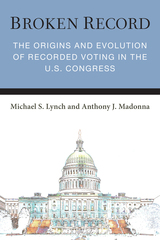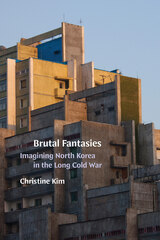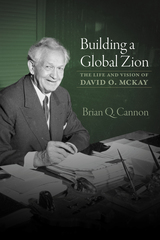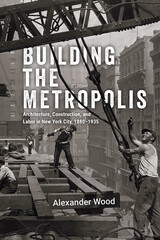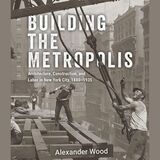
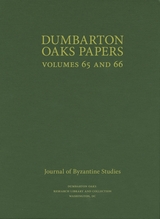
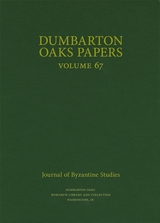
Founded in 1941, the annual journal Dumbarton Oaks Papers is dedicated to the publication of articles relating to late antique, early medieval, and Byzantine civilization in the fields of art and architecture, history, archaeology, literature, theology, law, and auxiliary disciplines.
This issue includes “The Canon Tables of the Psalms: An Unknown Work of Eusebius of Caesarea” by Martin Wallraff; “Histoires ‘Gothiques’ à Byzance: Le Saint, Le Soldat, et Le Miracle d’Euphémie et du Goth (BHG 739)” by Charis Messis and Stratis Papaioannou; “Reassessing the Sarcophagi of Ravenna” by Edward M. Schoolman; “Sources for the Study of Liturgy in Post-Byzantine Jerusalem (638–1187 CE)” by Daniel Galadza; “(Re)Mapping Medieval Antioch: Urban Transformations from the Early Islamic to the Middle Byzantine Periods” by A. Asa Eger; “Melkites and Icon Worship during the Iconoclastic Period” by Juan Signes Codoñer; “The Anzas Family: Members of the Byzantine Civil Establishment in the Eleventh, Twelfth, and Thirteenth Centuries” by John Nesbitt and Werner Seibt; “Viewing and Description in Hysmine and Hysminias: The Fresco of the Virtues” by Paroma Chatterjee; “The Documents of Dominicus Grimani, Notary in Candia (1356–1357)” by Nicky Tsougarakis; and “The Church of Saints Sergius and Bacchus in Kaftūn (Northern Lebanon) and Its Wall Paintings” by Tomasz Waliszewski, Krzysztof Chmielewski, Mat Immerzeel, and Nada Hélou.
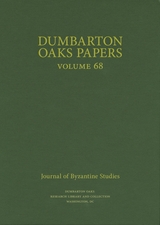
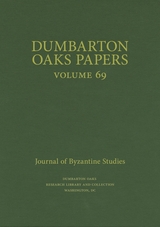
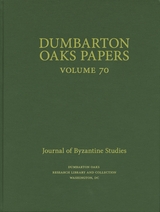
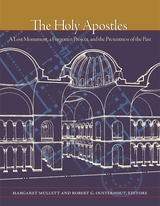
Founded by Constantine the Great, rebuilt by Justinian, and redecorated in the ninth, tenth, and twelfth centuries, the Church of the Holy Apostles in Constantinople was the mausoleum of emperors, patriarchs, and saints. It was also a key station in the ceremonies of the city, the site of an important school, a major inspiration for apostolic literature, and briefly the home of the patriarch. Despite its significance, the church no longer exists, replaced by the mosque of Mehmet II after the fall of the city to the Ottomans. Today the church is remembered primarily from two important middle Byzantine ekphraseis, which celebrate its beauty and prominence, as well as from architectural copies and manuscript illustrations.
Scholars have long puzzled over the appearance of the church, as well as its importance to the Byzantines. Anxious to reconstruct the building and its place in the empire, an early collaborative project of Dumbarton Oaks brought together a philologist, an art historian, and an architectural historian in the 1940s and 1950s to reconstruct their own version of the Holy Apostles. Never fully realized, their efforts remained unpublished. The essays in this volume reconsider their project from a variety of vantage points, while illuminating differences of approach seventy years later, to arrive at a twenty-first-century synthesis.
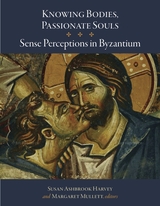
How does sense perception contribute to human cognition? How did the Byzantines understand that contribution? Byzantine culture in all its domains showed deep appreciation for sensory awareness and sensory experience. The senses were reckoned as modes of knowledge—intersecting realms both human and divine, bodily and spiritual, physical and intellectual.
Scholars have attended to aspects of sight and sound in Byzantine culture, but have generally left smell, taste, and touch undervalued and understudied. Through collected essays that redress the imbalance, the contributors explore how the Byzantines viewed the senses; how they envisaged sensory interactions within their world; and how they described, narrated, and represented the senses at work. The result is a fresh charting of the Byzantine sensorium as a whole.
READERS
Browse our collection.
PUBLISHERS
See BiblioVault's publisher services.
STUDENT SERVICES
Files for college accessibility offices.
UChicago Accessibility Resources
home | accessibility | search | about | contact us
BiblioVault ® 2001 - 2025
The University of Chicago Press


